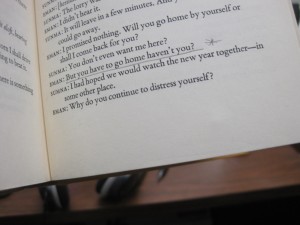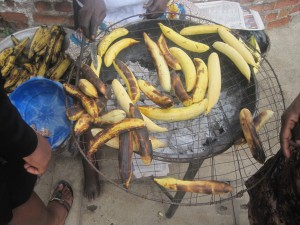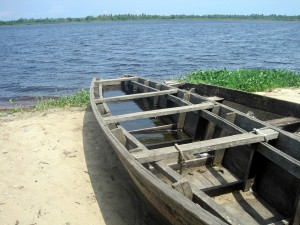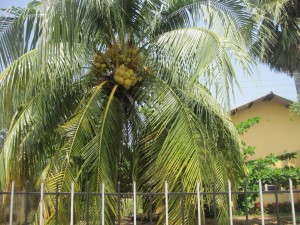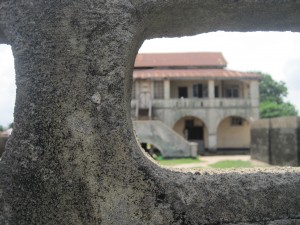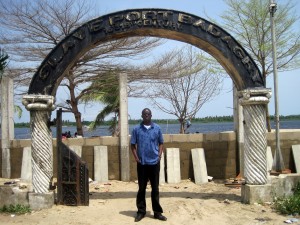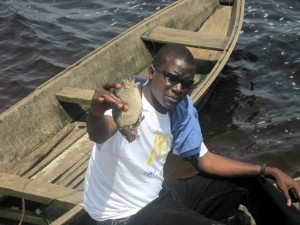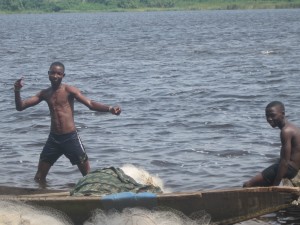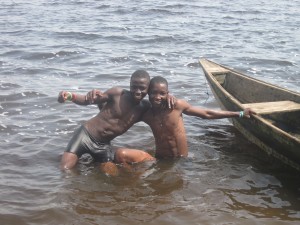by Zainab Shelley, NY
________________________________
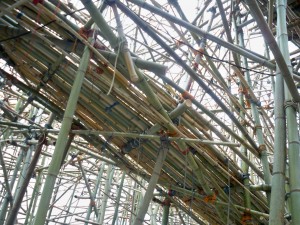 What is art? That was the question that came to me when I visited the Metropolitan Art Museum some weeks ago where the twin artists Mike and Doug Starn are creating “Big Bambu” which is a combination of architecture, sculpture and performance and it is all made with bamboo.
What is art? That was the question that came to me when I visited the Metropolitan Art Museum some weeks ago where the twin artists Mike and Doug Starn are creating “Big Bambu” which is a combination of architecture, sculpture and performance and it is all made with bamboo.
On getting to the roof, I wondered what the sticks were. Yes, I thought they were sticks until I got closer and realized they were bamboo and I was awed by its bizarre arrangement. From beneath, looking up, it was unexplainably intertwined with its intricate arrangement of bamboos tied together with colourful ropes. There are stairs or pathways that take one to the top to see Central park below and a beautiful view of New York and even though it is not yet completed.
 Visitors are allowed to see the construction evolving to the “monumental crest” it is supposed to be when completed. Not surprisingly, the work is done by mountain climbers, probably because they aren’t afraid of heights? But I wondered how they knew which bamboo sticks to tie with which. While I was there, there were two of them working on the structure. When completed, the structure will be 100 feet long by 50 feet high and 50 feet wide, with a total of 3,200 bamboo poles and 30 miles of colorful nylon ropes.
Visitors are allowed to see the construction evolving to the “monumental crest” it is supposed to be when completed. Not surprisingly, the work is done by mountain climbers, probably because they aren’t afraid of heights? But I wondered how they knew which bamboo sticks to tie with which. While I was there, there were two of them working on the structure. When completed, the structure will be 100 feet long by 50 feet high and 50 feet wide, with a total of 3,200 bamboo poles and 30 miles of colorful nylon ropes.
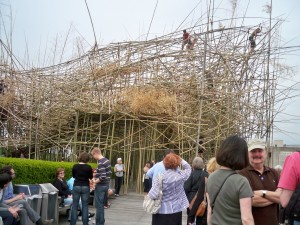
Looking up, there are bulbs attached to the already structured bamboo and I guess that when the light is switched on at night, It will be a beautiful sight seeing the light penetrating through the frame, but unfortunately I couldn’t stay because I had other places to see in the museum so I am just left with my imagination trying to figure it out.
After viewing the structure, I came to the conclusion that art is the creation of a beautiful thing and I am sure there is an artist in everyone. I guess I just have to figure out what I can create, maybe with broomsticks? I’ll just have to figure it out.
___________________________
Zainab taught Hausa as a Fulbright language scholar at the New York University.
